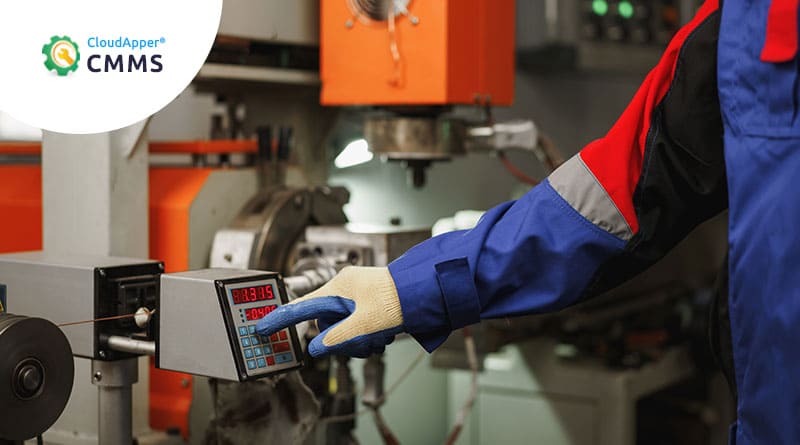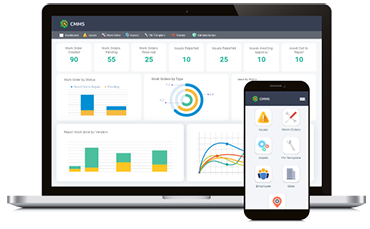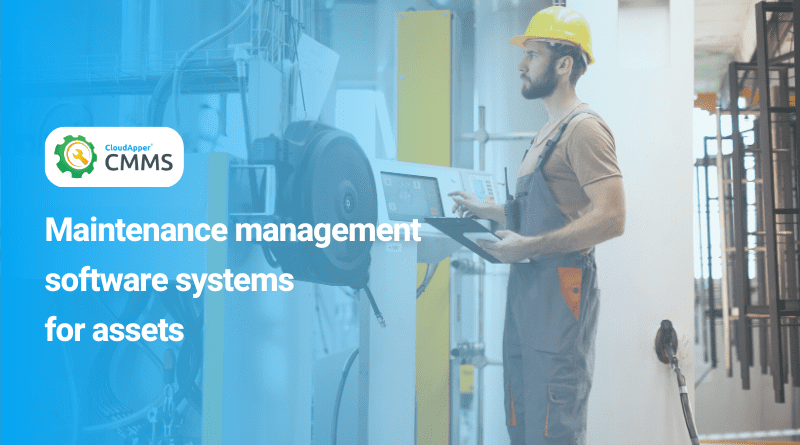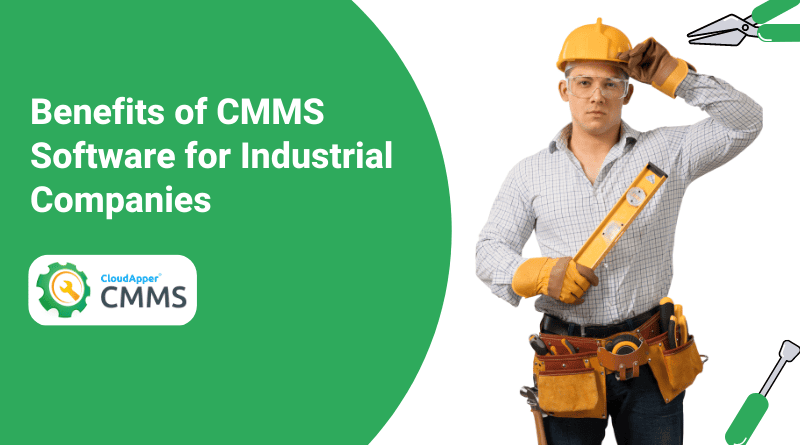If you’ve been following this blog, you’ve seen us talk about various aspects of maintenance management. We’ve talked about preventative maintenance, reactive maintenance, why maintenance management projects fail, the benefits of maintenance management systems, and more. Today, we’re going to cover breakdown maintenance, why it’s necessary, its pros and cons, and how a robust equipment maintenance management software can simplify it effectively – let’s dive in.
Breakdown Maintenance in a Nutshell
Maintenance after breakdowns is one of the most common maintenance approaches even now. It is the process of performing maintenance on a piece of equipment that’s no longer operational or functioning; that is, broken down – hence the name. This maintenance approach is entirely the opposite of preventative maintenance; the latter ensures that the equipment receives maintenance even when operating perfectly.
Breakdown Maintenance is a Significant Part of Any Maintenance Approach
While breakdown maintenance might be the only maintenance received by the equipment in reactive maintenance, the former can also be planned. Maintenance provided while the equipment is broken can be both planned and unplanned – it can even be a part of preventive maintenance!
In preventive approaches, when a piece of equipment receives maintenance after breaking down, it’s typically because the maintenance manager has identified this as the best approach for the equipment for various reasons. This might be because the equipment is at its end of life, it’s more cost-effective, less disruptive, or the asset is not a priority at the moment.
On the other hand, in reactive approaches, pieces of equipment generally receive maintenance only after breaking down, hence the term “reactive.” Equipment that receives maintenance when it malfunctions but is still somewhat operational is corrective maintenance.
The Advantages and Disadvantages of Breakdown Maintenance
One of the biggest benefits of providing maintenance after the equipment breaks down is that it can be extremely cost-effective. It eliminates preventive maintenance for equipment that doesn’t need it. For instance, without any scheduled maintenance activities, lubrication, spare parts management, etc., the organization will save up many costs with the equipment receiving maintenance only after breaking down.
Another common advantage is that the organization can focus more on maintaining critical equipment. Since the machinery won’t be receiving preventive maintenance, the maintenance manager can divert maintenance technicians to assets that are instrumental to the organization, utilizing resources effectively.
One other advantage of providing maintenance after breaking down is that it allows extended use of asset components. Since the equipment will receive maintenance after breaking down, the components will be used for extended periods, leading to fewer replacements and lower costs. However, this is only applicable when the practice doesn’t hamper the equipment or the operations.
While those were the pros of maintenance provided after the equipment breaks down, let’s take a look at the cons, as this approach has quite a few of them.
For starters, the pieces of equipment that receive maintenance only after breakdown will need to be replaced sooner rather than later since they experience far more wear and tear.
Moreover, maintenance after breakdowns can cause production interruptions. For instance, imagine that lighting on a particular facility floor is faulty and isn’t working properly. This will lead to the production being disrupted as the heavy equipment will be quite dangerous to operate in poor or no lighting.
Maintenance after breakdowns can be costly for the organization if it isn’t properly planned or is implemented for a machine that needs preventive maintenance. If the equipment receives maintenance after breaking down, it will lead to higher unplanned downtime, production disruptions, and higher costs (more component replacements, for example).

Moreover, if it’s an expensive piece of machinery, it will experience more wear and tear, ultimately leading to premature death. Finally, maintenance after breakdowns decreases costs only in the short term. In the long run, it increases costs significantly – more repairs, more replacements, more components, higher energy consumption, and more production disruptions are just some of the causes of higher costs.
Responsible organizations know all of the above, and while breakdown maintenance can be seen in their facilities, most of them are also planned using a robust maintenance management system.
How Organizations are Managing Maintenance After Breakdowns
Organizations use planned breakdown maintenance to let certain assets run till they break – this is also known as run-to-failure maintenance. As already mentioned, these assets might be at their end of life, don’t have a high priority, or are assets such as lighting that don’t need preventive maintenance. Organizations can use robust CMMS solutions to generate work orders whenever they fail or encourage machine operators to report them immediately with the app. For instance, CloudApper CMMS helps authorized users report for emergency maintenance. However, if that’s the case, the organization must have dedicated resources to tackle emergency maintenance and maintenance after breakdowns like these.
On the other hand, with a CMMS software solution like CloudApper CMMS, organizations can easily streamline and manage maintenance after breakdowns. As mentioned, workers in the vicinity simply need to report faulty or broken equipment and maintenance managers will be notified of the work requests and can then allocate resources, streamlining maintenance management.
CloudApper CMMS streamlines preventive maintenance, simplifies repairs, and helps reduce unplanned downtime right from smartphones. The maintenance management app is also highly customizable, which helps organizations modify it to their needs, making the app truly their own.


















